I have a CMake sample project that I would like to build on Jenkins running on Ubuntu 15.10. I have installed:
https://wiki.jenkins-ci.org/display/JENKINS/CMake+Plugin
And created two build steps:
- Run CMake to generate makefiles
- Run make all from the build dir
It works fine:
[build] $ cmake -G "Unix Makefiles" -D CMAKE_BUILD_TYPE=Debug /var/lib/jenkins/workspace/cmake-test/cmake-gtest/src
-- Configuring done
-- Generating done
-- Build files have been written to: /var/lib/jenkins/workspace/cmake-test/cmake-gtest/build
[build] $ /usr/bin/make
[ 4%] Built target libfoo
[ 9%] Built target libbar
[ 14%] Built target myApp
[ 52%] Built target gmock
[ 90%] Built target gtest
[100%] Built target testfoo
[cmake-test] $ /bin/sh -xe /tmp/hudson1792271459427590561.sh
+ cd cmake-gtest/build
+ make all
[ 4%] Built target libfoo
[ 9%] Built target libbar
[ 14%] Built target myApp
[ 52%] Built target gmock
[ 90%] Built target gtest
[100%] Built target testfoo
Finished: SUCCESS
But is this the recommended approach for using CMake in a CI/Jenkins setup?
Currently, my CMake/Jenkins build will on each push; 1) generate the makefiles, 2) build the project.
I am a bit worried that the first step 1) generate makefiles would eat up build time and it does not really seem optimal to do this step on each push. Especially since I would not expect to change CMakeLists.txt files that often, but when they change newly generated files should, of course, be used.
Is the above approach common practices that I just have to get used to or have I missed something?

